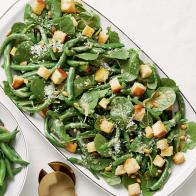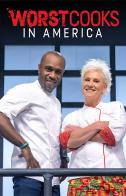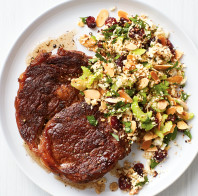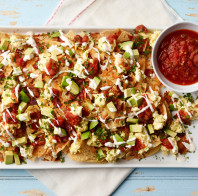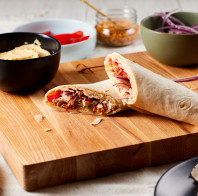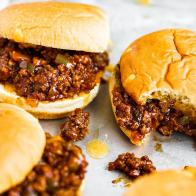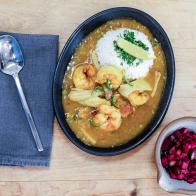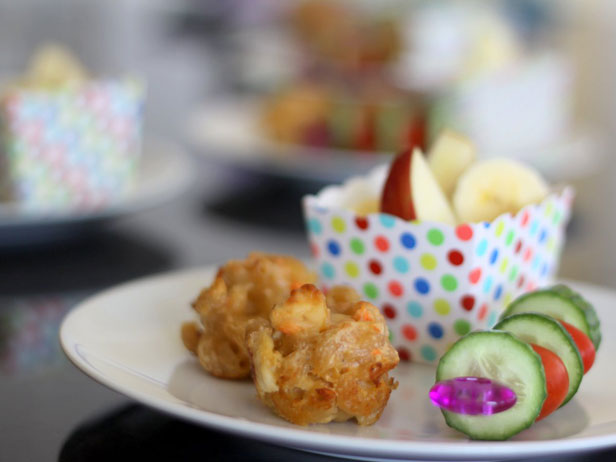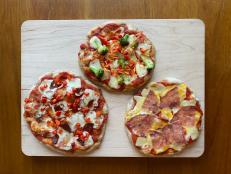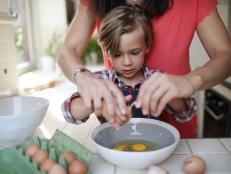The One Word I’ve Stopped Using When I Talk to My Daughter About Food
And what we focus on instead.
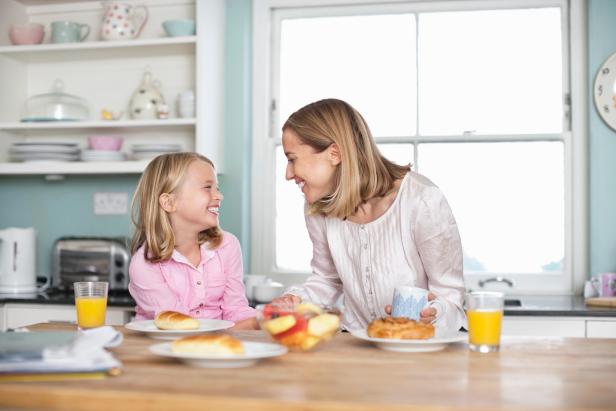
Compassionate Eye Foundation/Rob Daly/OJO Images Ltd/Getty
One of the things I’m learning as a parent is that there are a lot of questions I don’t know how to answer. Kids are pretty famous for asking “why?” ad infinitum so I have always been prepared to test the limits of my scientific knowledge and philosophical reasoning — but what I never expected was to be stumped by some of the day-to-day stuff like, “is this food healthy?”
My daughter is at an age where she’s asking that one all the time now. And, just to be clear, there are definitely foods where the answer is obvious — but those never seem to be the ones in question. She comes to me with things like vanilla Greek yogurt or veggie straws.
That inevitably leads to the not-so-clear-cut conversation about balancing our choices. The more she and I would talk about it (and the more I saw her burdened by the thought of weighing every individual choice, all day long) the more I realized that we needed to take a different approach to food and eating. So, I did what any reasonable parent would do; I decided to stop using the word ‘healthy’ when we talk about food. Wait, what?! Yep, you read that right. I now go out of my way to avoid labeling food with ‘the h word’.
I realized that, by calling certain foods ‘healthy’ I was implying that others aren’t — or that everything we eat can be grouped into one of these two extremes. In reality, a lot of foods are somewhere in between.
The bigger problem in my opinion though, was that when I would talk about ‘healthy’ eating in such a limiting way, it didn’t allow mental wellness to be part of the equation. Sure, we need to fuel and nourish our bodies — but sometimes we need to eat foods that make us feel happy, too.
That being said, I’ve started teaching my daughter about intuitive eating. If you’re not familiar, intuitive eating skips food “rules” and focuses instead on listening to your instincts and trusting your own body. One of the first steps we took was simply changing the conversation. Now, instead of saying something is healthy or unhealthy, we talk about how it nourishes us or how we feel when we eat it. Then we do our best to listen to our bodies and stop eating when we’re full.
When we first started down the path towards intuitive eating, I was nervous that my daughter would struggle to recognize when she was full, (especially when it comes to sweets and treats!) but she’s impressed me several times now by saying something along the lines of, “I want to eat another piece of candy but I don’t think I’m going to feel good if I do”.
Better yet, she radiates empowerment. She’s stopped obsessing over every choice and, instead, talks to me about how good she feels after snacking on fresh veggies or how surprised she is that just one or two pieces of chocolate was enough to satisfy her craving. I even see her eating a wider variety of foods now.
Intuitive eating might not be the answer for every kid (my daughter is at an age where she’s naturally becoming more independent, plus she doesn’t have any health concerns) but for us, the shift away from labeling food as ‘good’ or ‘bad’ has been a positive one. I’m confident that, by focusing on the connection between what we eat and how we feel, my daughter is developing a good relationship with food — one that will last her entire life.
I may not have all the answers but when it comes to the question of whether or not intuitive eating is helping my family eat healthier there’s no doubt in my mind it’s a yes!


